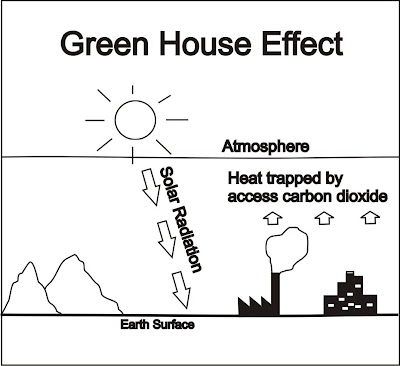Let we know little bit about energy and energy sources.
The sun is the biggest source of energy for the earth. The energy that actually reaches the earth is about 400,000,000,000,000 kilowatt hours per day. This energy is converted into food by plants. The capacity of the doing work is called energy. Coal, petroleum, natural gas, wood, water, air, sun, tide, geothermal, etc. are the other form of energy. Great amount of heat deep into the earth is known as geothermal energy. Mechanical or electrical power generated by the wind is called wind energy. The energy stored in the nuclei of the atoms is called nuclear energy. Biomass, garbage, sea tides, solar energy are the alternate sources of energy.
Remember
“Conservation of energy is the production of energy itself.”
The sun is the biggest source of energy for the earth. The energy that actually reaches the earth is about 400,000,000,000,000 kilowatt hours per day. This energy is converted into food by plants. The capacity of the doing work is called energy. Coal, petroleum, natural gas, wood, water, air, sun, tide, geothermal, etc. are the other form of energy. Great amount of heat deep into the earth is known as geothermal energy. Mechanical or electrical power generated by the wind is called wind energy. The energy stored in the nuclei of the atoms is called nuclear energy. Biomass, garbage, sea tides, solar energy are the alternate sources of energy.
Energy Conservation
Energy conservation is the practice of reducing the quantity of energy used on every level. This can be achieved through efficient & rational use of energy. Energy conservation reduces the energy consumption and energy demand per head. The reduced energy demand can employ better flexibility for selecting the most preferred methods of energy production. Conserve energy is often the most economical solution to energy shortages, and is a better alternative to increased energy production.
Remember
“Conservation of energy is the production of energy itself.”

